Examining the Pursuit of Career and Happiness in the Modern Age.
Decided I'd visit it this topic myself. It is something that crosses my mind every so often; more so now in these uncertain times. It is also the topic of Joy's blog post a few days ago. I haven't read hers, not wanting to influence my writing here, although I do know the photos that are there and will reference them. I will read it, once I've posted.
Normally, the saying is: "Do one thing, do it well." Then there's: "Variety is the spice of life." Of course, "To thine own self be true." then throws a monkey wrench into the whole thing and you don't know which way to turn. My favorite: "Do what you love; it's the only thing you'll ever be great at." is one that I tell students attending my speaking engagements when they ask what they should do with their lives after watching all that I have done with mine. I am a Renaissance Man. I do a lot of things; things that are not usually found within one person. I am good at most, really good at many, darn good at a few and blinding at a couple. There are a bunch that I suck at and those I don't do very often. They're not fun—because I suck at doing them. Because I suck at doing them, I don't do the best job. (Don't like bookkeeping, marketing, cold calls or chasing people for monies owed. Guess I need an agent...) From the title of this blog, you can sense the range. Usually people think that art and engineering don't mix. Diametrically opposed. Not necessarily so. The best engineers that I have met and had the privilege of working with are artists in the way that they approach their craft. Same goes for artists whom I revere, but in the opposite relation; they are engineers in one way or another in the way that they create the illusions on canvas or the sculptures in glass, wood, stone or steel. They may not realize that they are doing it but I can see it because I am in a unique place. When I look at the engineering drawings for a particular machine and study them for a while, I can feel the machine working; sense the forces within as it moves—almost as if I were it. This ability helps tremendously when I design a mechanism. The idea comes first, the feeling grows as the design progresses, the mathematical proof, if I need one, is employed later. Artists working in any genré remotely smacking of Realism, and some not, must have a basic physics background, whether they realize that they have it or not. They must be able to understand light and how it affects an object's appearance as it plays across its surfaces or through its volume. They must understand perspective, gravity, density of materials, optics. Just as another artist must understand anatomy if they are to draw a compelling figure. Yes, there are people who are great at looking at objects or scenes and translating them accurately to board or canvas; as a copying procedure. I can't do this very well. This isn't how I "see". I see by "feeling". Doesn't make sense, I know. I recognize and use all of these facets of my mind in nearly everything I do. As a result, the lines between engineering and art are way blurred because the division between my brain halves isn't as distinct as would be considered normal. I often joke: "I can find something wrong with everything." This gives rise to the Many/One question. I and Joy create a lot of really amazing things. When we take a step back and "forget" who we are and that it was us who did them, they are amazing to us! It is an out of body experience. In short order, the reality comes flooding back in, because it is difficult to hold it totally at bay for very long, and we realize that we created this—whatever it may be. You can readily see from the links list in the menu bar that it looks like we're all over the map. From Space Art: to 3D Modeling, Rendering and Animation, many of which are done during the process of designing our creations: to 40 foot and 24 foot diameter Solar System mobiles of blown glass and carbon fiber: to the 7.5 foot tall, 345 pound Lifetime Space Achievement Award and the small Art Glass Wine Bottle Stoppers, Art Glass Paperweights & Marbles and Art Glass Jewelry, the subject of earlier articles, it may seem like we have an identity problem. Some would say that's a gross understatement. Still, there are many artists through the Centuries who are well known for their versatility and scope in what they created. What's your take? Do we stop doing many, or any, of these things? or Do we keep doing what we love; which is a lot of cool stuff? We're looking for feedback from our followers. How does the market see creators like us? Are we just too strange? Are we lost in our own cloud of creations; not being known for one thing? Or do we stand out because of our being able to do all of these, where most cannot? Please post a comment. We'll respond back. Thanks for your thoughts and insight! And thanks for following us. Next: Examining the question from the artist's point of view.Tags: art and science, diversity, focus, perception
Short URL for this post: //spherical.org/s/19
More from “The Art & Engineering of B.E.Johnson”

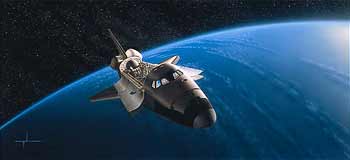
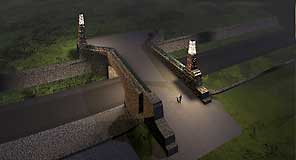

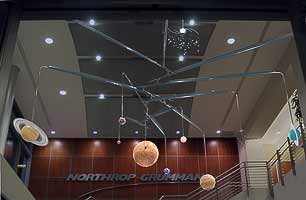
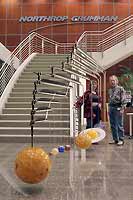


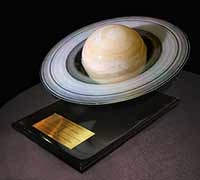

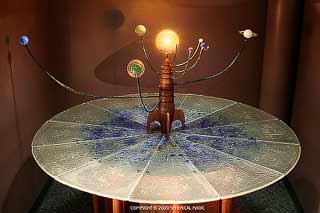

 RSS - Posts
RSS - Posts